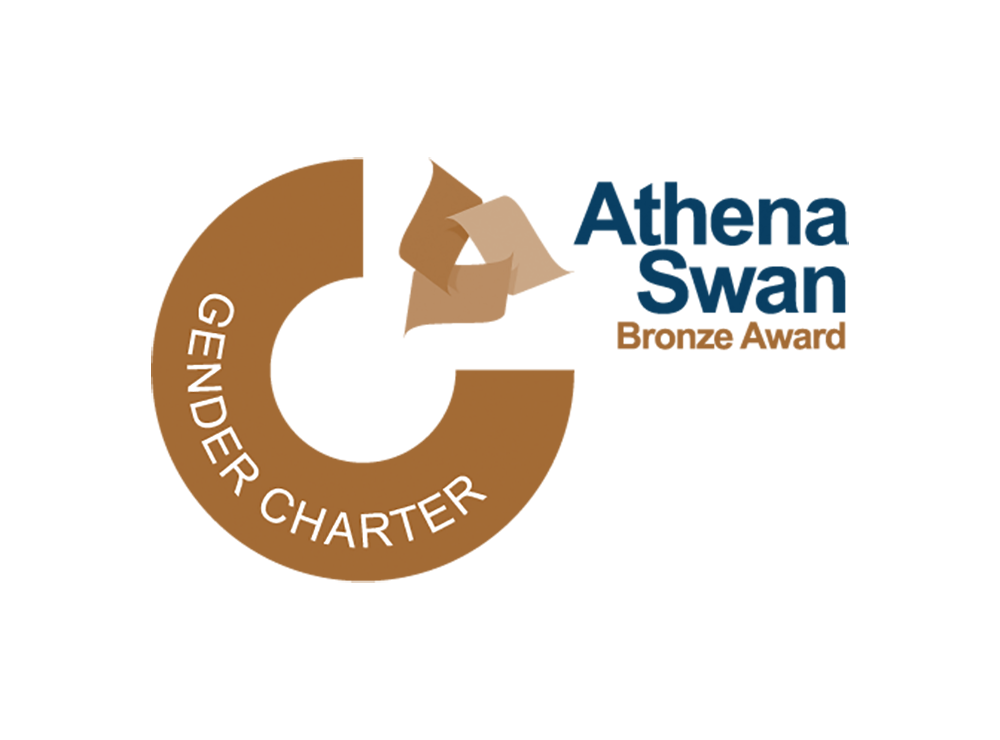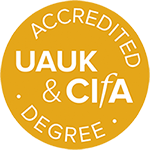Current filters applied:
- (-) Remove Computational and Quantitative Archaeology filter Computational and Quantitative Archaeology
- (-) Remove Archaeology filter Archaeology
Displaying 24 projects
Digital Humanities Research Project and Interactive Digital Rock-Art Gallery.
Archaeological data is often biased and incomplete. This is a well-known issue for most archaeologists. Although studies of specific sites and small regions can have this into account, the effect of this problem increases exponentially as archaeologists expand their chronological and geographic...
The 10th-5th centuries BCE (the first centuries of the Iron Age) witnessed significant societal transformations across the Mediterranean. Populations grew in many regions, the first genuine economic integration of the basin occurred through maritime interaction and overseas settlement, and, for the...
A multidisciplinary project investigating the interrelations between crop plants, insect pollinators, and human management in prehistory.
EHSCAN is a Horizon-MSCA-2022-PF scheme Fellowship Funded by UKRI and hosted by the McDonald Institute for Archaeological Research, University of Cambridge. The aim is to understand the cultural dynamics and transmission means of material culture in North Africa during the Early Holocene period (~...
ENCOUNTER investigates the Jomon-Yayoi transition, a demic and cultural diffusion event that led the predominantly hunting, gathering, and fishing-based communities of the Japanese islands to adopt rice and millet farming during the 1st millennium BC.
During the Early and Middle Bronze Age (2500-1600 B.C), a range of exchange networks linked Arabia, Iraq, Iran, Bahrain and South Asia, facilitating the long-distance movement of a wide variety of raw materials and finished products. Texts from the Sargonic and Ur III period (2300-2000 BC) provide...
This archaeology-led initiative focuses on the East Anglian Fens, an extraordinary landscape where exceptional preservation of organic artefacts and environmental evidence gives unparalleled insights into the last 5,000 years of communities, resources and habitats. The Fens are the richest and most...
HEAAT aims to develop a multidisciplinary, theory-focused and data-driven research framework and agenda for East African historical archaeology that will privilege the research of the internal dynamics of African communities and account for the region’s history of complex identities. By...
Image: Ancient pastoralist settlement viewed from the air, Amboseli, Kenya. Photo: P. Lane. Mapping Africa's – Endangered Archaeological Sites and Monuments (maeasam.org) project aims to identify and document endangered archaeological heritage sites across Africa using a combination of remote...
The Mapping Archaeological Heritage in South Asia ( MAHSA ) project, now in its Phase 2, will continue to document the endangered archaeology and cultural heritage of the Indus River Basin and the surrounding areas and publish this information in an Open Access Arches geospatial database. Over the...
MedAfrica Project - Archaeological deep history and dynamics of Mediterranean Africa, ca.9600-700 BC
This project sets out to produce a comprehensive, problematised synthesis and interpretation of long-term social and economic dynamics along Mediterranean Africa during the Holocene (9600-700 BC).
The project centres on the development and application of quantitative methods that model the emergence and extinction of technological diversity. This research builds from the premise that technological innovations can be a key mechanism for mitigating unpredictable or rapidly changing...
Stone tool artefacts represent the only continuous material record from early hominins across a period of three million years. Lithics provide information about early human technological adaptations and innovations, and in turn, understanding these technologies allows insights into early human...
This project integrates maritime archaeology, history, geophysical survey and anthropology to investigate illicit trade between the Caribbean islands St. Eustatius, Saba, St. Thomas, St. Bartholomew and St. Maarten from 1816 to c.1840 with the aim of understanding: -The entanglements between...
Human evolution is a central research area in biology and anthropology and has a history of research going back more than 150 years. For most of that time, evidence has come from digging up fossils and archaeological remains. Research in human evolution has been transformed by the impact of...
Despite a long history of intensive landscape-oriented archaeological research in the Aegean, most primary fieldwork has been concentrated in mainland Greece and a few Aegean islands. By contrast, the eastern side of the Aegean has received far less attention, with local methods and research...
SCATTER investigates the multivocal notion of territory in Protohistory through the study of settlement patterns in ecological settings. Specifically, SCATTER focus on the Central Anatolian region during the Middle and Late Bronze Age, i.e. the second millennium B.C. The goal is to acquire better...
SILKGLASS is a Horizon Europe MSCA-PF fellowship funded by UKRI and hosted by the McDonald Institute for Archaeological Research, University of Cambridge. Central Asia is traditionally seen as a passive Silk Roads throughway rather than an active and creative node. SILKGLASS seeks to investigate...
Cambridge is home to world-leading researchers across archaeological science, technical art history and heritage science, based at Department of Archaeology, the Fitzwilliam Museum, and the Hamilton Kerr Institute, among others. There are multiple synergies across these institutions in terms of...
PersianTRAIL is a research project using Geographic Information Systems (GIS), Remote Sensing (RS), and historical-archaeological data to reconstruct the Persian Royal Road (PRR), a key infrastructure of the Achaemenid Empire (6th–4th century BCE). The project examines factors like topography...
The PlaCe network is a high-profile partnership focused on the interdisciplinary study of pre-modern ceramics and plasters. This Innovative Training Network aims at training Early-Stage Researchers to conduct state-of-the-art, science-based research on the technology, use, and provenance of...
The transition from Oldowan to Acheulean technologies are hypothesised to be concomitant with advances in cognition and behaviour. However, the nature of these shifts, and their cultural and evolutionary implications are poorly defined and understood. While extensive literature exists on these...
An international and interdisciplinary investigation of the interplay and dynamics of winter and summer rainfall systems and human adaptation to the ecological conditions created by those systems.


